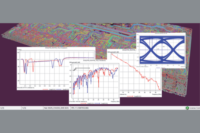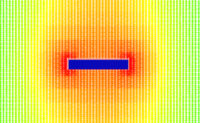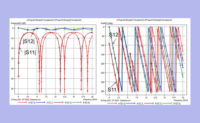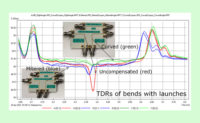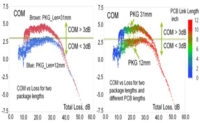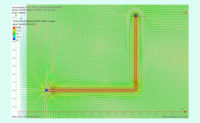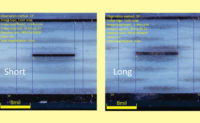Yuriy Shlepnev
Yuriy Shlepnev is a member of the Signal Integrity Journal Editorial Advisory Board & President and Founder of Simberian Inc., where he develops Simbeor electromagnetic signal integrity software. He received M.S. degree in radio engineering from Novosibirsk State Technical University in 1983, and the Ph.D. degree in computational electromagnetics from Siberian State University of Telecommunications and Informatics in 1990. He was principal developer of electromagnetic simulator for Eagleware Corporation and leading developer of electromagnetic software for simulation of signal and power distribution networks at Mentor Graphics. The results of his research are published in multiple papers and conference proceedings.



